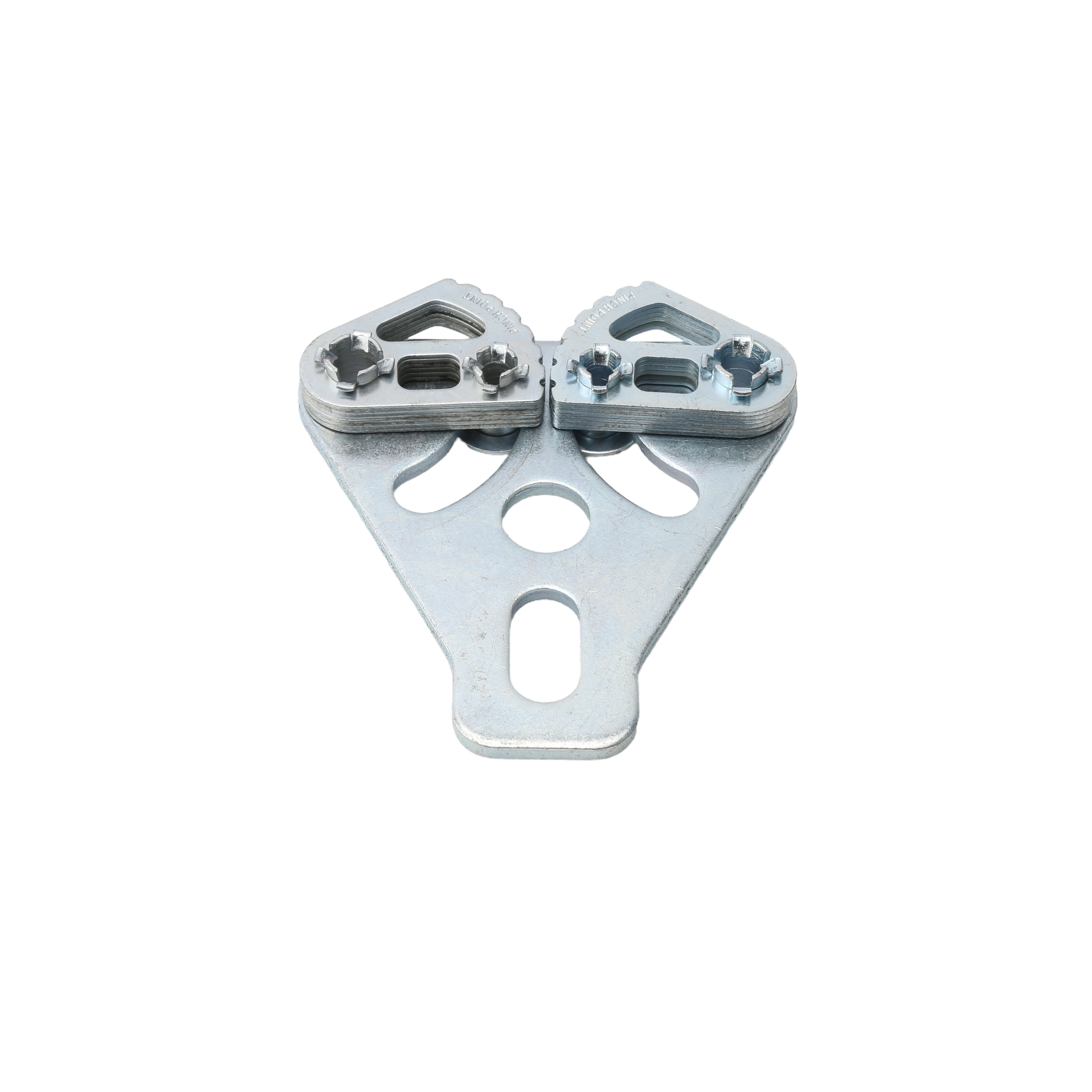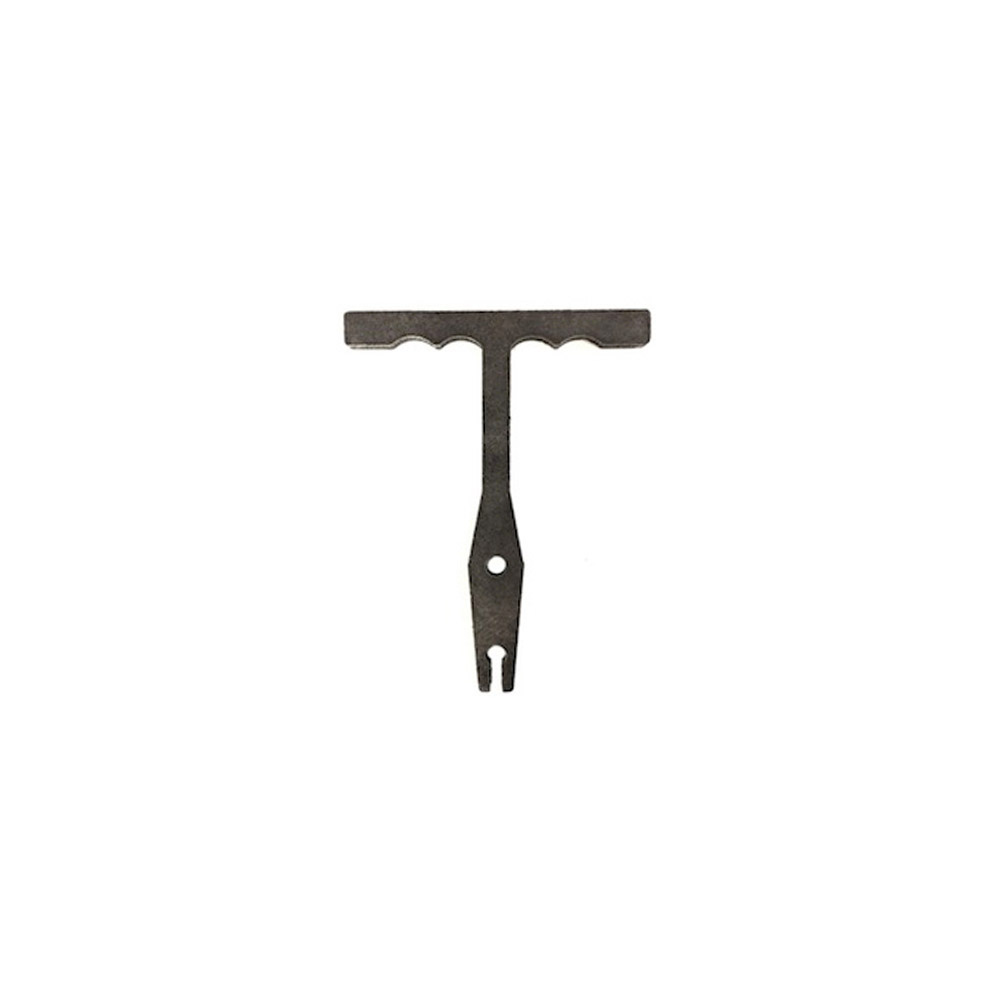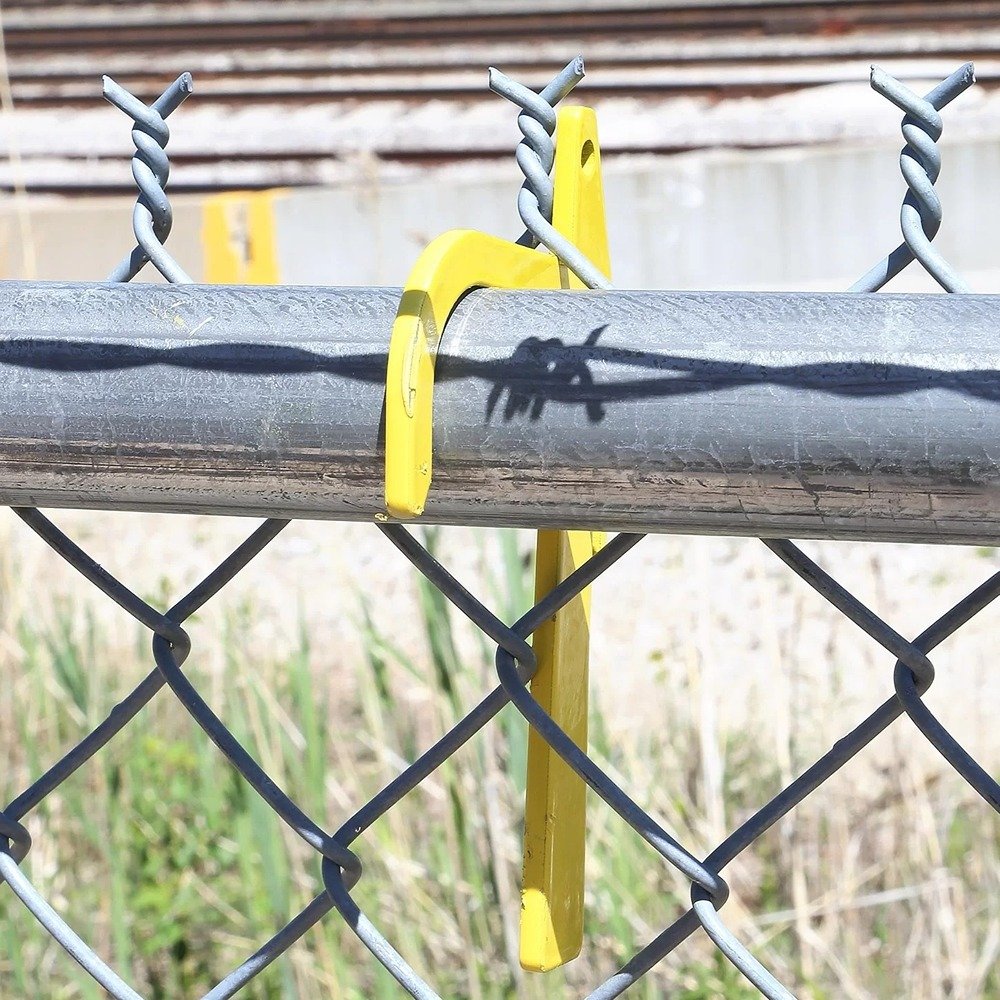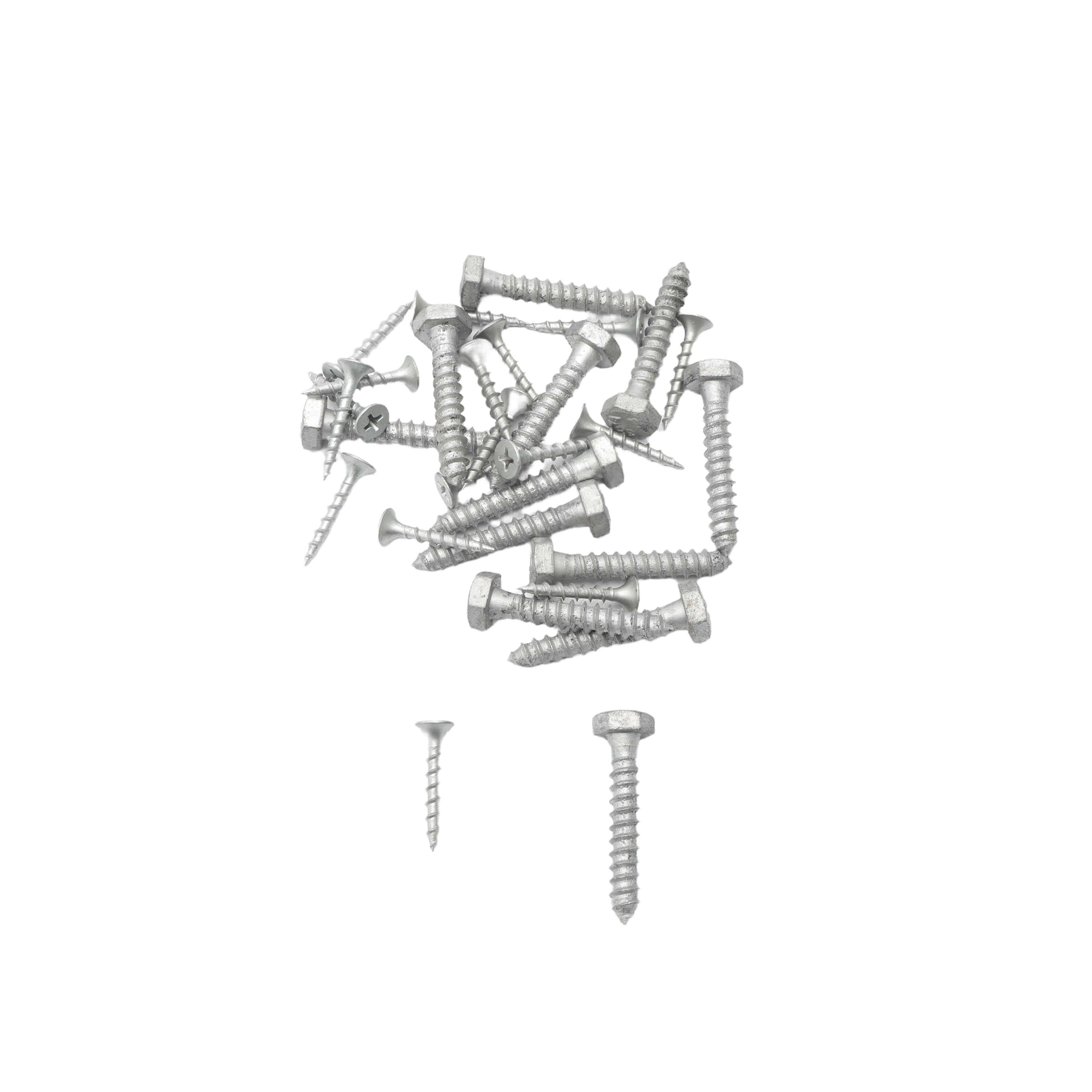Barbed Wire Fencing for Texas Ranches and Farms
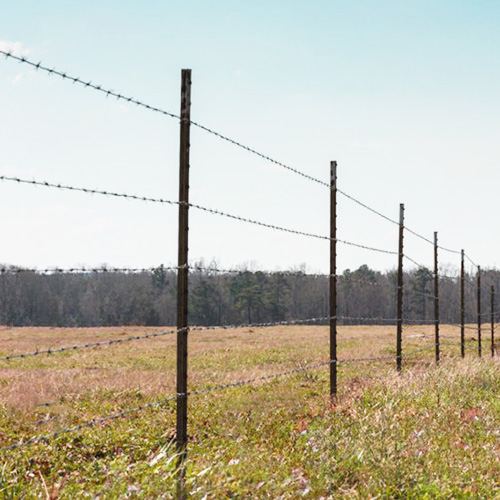
The most important aspect of a fence is functionality. On ranches and farms, a fence's purpose is primarily to keep animals in, with the benefit of keeping people and other animals out. Fencing of any kind is a large long-term investment, especially for larger properties, so you will want to purchase with a plan. So why do ranches and farms use barbed wire fencing?
Why do Texas Ranches and Farms Use Barbed Wire Fences?
Texas ranches and farms across the world use barbed wire fencing because it is the most affordable and effective type of fencing for large properties with large livestock. Ranches and farms, especially Texas ranches and farms, consist of thousands of acres. At the least, ranchers and farmers will need to install a fence around various grazing pastures. The average ranch in Texas is about 11,000 acres, and while you do not necessarily need to surround the entire property line, you will want to outline a few pastures. Barbed wire fencing costs about $2,000 per acre, so it is certainly not inexpensive. Relatively, however, barbed wire fencing is the cheapest and most effective option. Barbed wire fencing is also easy to transport around the property and simple to install.
As for effectiveness, barbed wire fencing is best for ranches and farms because cattle, horses, buffalo, and many other livestock animals push up against fencing to scratch themselves or push through "smooth" wire fencing to graze. The barbed wiring is not necessarily in place to hurt these animals but rather protect them. These larger animals have thick hides, and the barbed wire is unlikely to cut into their skin; rather, it will poke them and discourage them from going near the fence again. Livestock is confined for many reasons; the most important is preventing the animals from eating poisonous plants, and the other is to prevent them from roaming onto other people's property or into the wilderness.
Now that you know why Texas ranches and farms use barbed wire fencing, let's investigate the types and how it is installed.
Barbed Wire Fencing for Ranches and Farms
First and foremost, there is a difference between barbed wire and razor wire. You should not use razor wire for ranching or farming. Razor wire will cut your livestock. Learn more about the differences between barbed wire and razor wire here.
There are two "types" of barbed wire fences, rather categories: standard and suspension. Standard barbed wire fences are built with posts every 10 to 12 feet and use 3 to 5 strands of barbed wire. Suspension barbed wire fencing consists of line posts placed every 50 to 60 feet and 4 to 6 strands of barbed wire. The barbed wire is secured to the line posts so there is no more than 3 inches of sag between posts. The 50-to-60-foot stands are then secured to each other vertically with twist wire stays or short fiberglass posts every 10 to 12 feet.
How to Install Barbed Wire
There are several tools you may need to install a barbed wire fence at your ranch or farm. But first, you will need to plan and outline the perimeter of your fence line and gather your materials. The most affordable and effective material for ranch and farm fencing is wood posts. You can outline the fence line with our line-marking aerosol paint. Then, you will need to install your line posts every 10 to 12 feet. You can quickly and easily install your line posts with a post driver.
With the line posts in place, you will want to plan for 3 to 6 strands of barbed wire, depending on the type of barbed wire fence you chose. It would be best if you marked evenly where the strands will be secured to the line posts. Then, you can gather your materials to install the barbed wire.
You must wear thick gloves to protect yourself from the barbs. Then consider the following tools:
Starting from the top strand, secure the end of the barbed wire to the first post. Many would do so with staples, but you can do so with fence ties. Wrap the strand around the fence post once, then wrap two fence ties around the post and over the barbed wire, forming an X and twisting the ties with the knuckling tool to create extra barbs along the posts.
We suggest pulling the entire barbed wire along the fence line until you have come fully around before cutting the barbed wire for the second strand. This will limit the number of cuts you have to make. Repeat these instructions as many times as needed. The grip tools will help you keep the fence taut while protecting your hands from the barbs.
If you would like more information, have questions, or would like help gathering materials, please reach out to our sales representatives. They are happy to help in any way they can!
Contact Us



